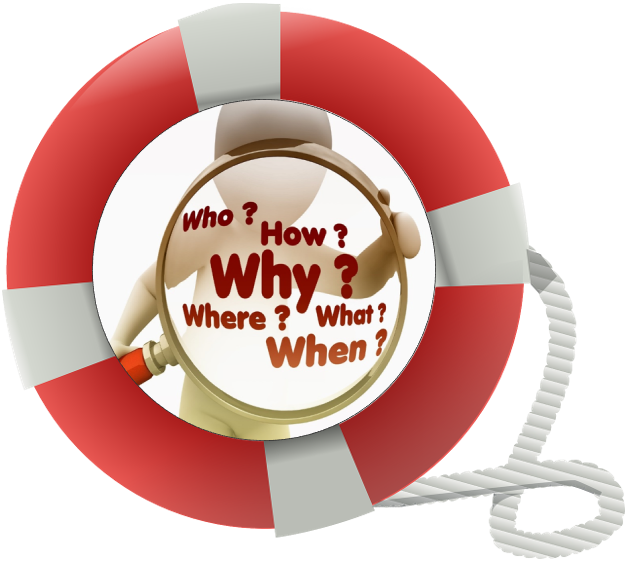
What do tornadoes, severe storms, earthquakes, and fires all have in common when it comes to your workplace? If you do not have a well thought-out emergency action plan that covers strategies of dealing with these emergencies when they arise, you most likely will experience chaos and your workers’ lives could be at risk.
Not only can an emergency action plan help save lives in the time of a disaster, but it also is a legal requirement enforced by OSHA (Occupational Safety and Health Association) for any workplace that has 11 or more employees.
Some vital items that should be included in your company’s emergency action plan:
- Procedures for reporting emergencies, such as a fire.
- Procedures that explain different evacuations depending on the type of emergency.
- Floor maps posted throughout the facility that include emergency exit routes, assembly points, and location of fire extinguishers, first-aid supplies, AEDs, etc.
- Procedures for all employees once evacuated. One or multiple individuals should be pre-assigned roles and responsibilities during an emergency and trained on these roles.
- Procedures to be followed by those performing rescue or medical responsibilities.
- Emergency contacts of local police, fire department, environmental controls, etc.
- Job titles and emergency contacts within the company.
- Proper signage and postings around the facility and illuminated exit signs.
- Emergency exits that are free from obstructions and life-threatening hazards.
- Visibly-designated fire extinguishers throughout the facility that are mounted and free of obstructions.
- Methods of communication for emergencies (examples: alarm system, horn system, radio system, text communication, intercom, etc.).
The information provided above is a great starting point to get your company’s emergency action plan created and put into place; but what good is a plan, program, or policy if it is not communicated to all that it will affect? Once you have created your emergency action plan, you must train all employees in your company on the new plan before it can be implemented.
Along with that, if any changes are made to your emergency action plan at any time, this needs to be communicated throughout the company and trained on, depending on the severity of the change. At a minimum, your company’s plan should be reviewed on an annual basis to determine if changes need to be implemented. It is always a good idea to retrain your company annually on the emergency action plan, regardless if changes have been made or not.
It is no doubt that workplace emergencies can be stressful and scary. If there is no plan and training in place, things can go extremely wrong and people can get hurt. We cannot always expect every situation that may come up but having a plan in place will help save lives when the unexpected does occur.

09022020
Related Topics: The Consultant's Corner